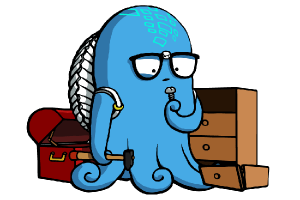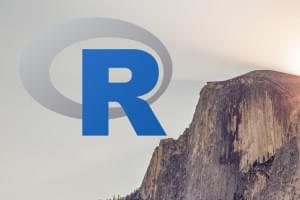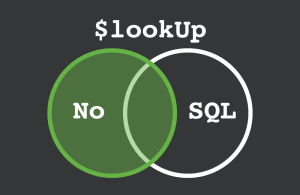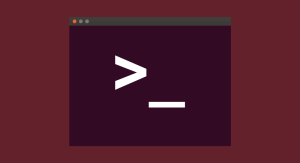
Despite previous annual disasters, Craig is back with forecasts of the hottest trends in web technology for 2017.

Despite previous annual disasters, Craig is back with forecasts of the hottest trends in web technology for 2017.

In this episode, David and Tim are joined by Guy Routledge, a front-end developer, teacher, and presenter of SitePoint’s AtoZ CSS video series.

Jesse Novotny provides a walkthrough for setting up an Angular single page app on Rails with Devise and Bootstrap.

Michael explains how to use a Python API to connect to Twitter, and download tweets, follower lists, multiple tweets at once, and customize searches.

Lucero del Alba introduces 7 Atom add-ons for previewing changes in HTML, CSS, JS and Markdown, and for executing interpreted and compiled code.

In this episode, Tim and David are joined by Glenn Goodrich, aka Ruprict, a developer by day and SitePoint's Ruby Channel editor by night.

2016 has been remarkable for many reasons. A momentous browser event has occurred: mobile now exceeds desktop usage for the first time since the web began.

Ardian Haxha introduces Keybase, a social media service for sending, receiving and sharing encrypted messages.

Dmytro Spilka introduces Google Data Studio, demonstrating how to present data from Google Analytics in a visually pleasing, client-friendly chart.

David and Tim are joined by Hampton Catlin, creator of Sass, Haml and other tools and services such as Wikipedia Mobile, Tritium and Moovweb.

Wolfram Hempel discusses issues around building realtime apps at scale, and introduces deepstream, an extensible, open-source server.

Kristi Progri presents Nextcloud, an open-source, self-hosted alternative to file sharing services like Dropbox, Google Drive and OneDrive.

In this one-on-one episode of the Versioning Show, Tim and David talk about humility, curiosity, discipline and the other qualities of a good developer.

Ralph Mason discusses things you should think about when planning, scoping out and pitching article ideas to publishers, and how to write a killer outline.

In this episode, David and Tim are joined by Ethan Marcotte, a well-known designer who coined the term Responsive Web Design.

In this episode, Tim and David are joined by Christian Heilmann, well-known developer, speaker, author and Developer Evangelist at Microsoft.

Lucero compares the data serialization options of JSON, YAML, BSON and MessagePack, weighing up their pros and cons, ease of use and performance.

In this episode, David and Tim discuss diversity in tech with Nicole Sanchez, the Vice President of Social Impact at GitHub.

In October, we discussed reasons why Edge has struggled to gain momentum. Are November's StatCounter browser statistics better for Microsoft's flagship brow

Michael Grogan explains how to link the UI and server side in a Shiny app, customize Shiny themes, and implement error messages to guide end users.

Mark Pedersen takes a look at what progressive web apps are, their advantages and disadvantages, and reasons to consider building one for yourself.

In this one-on-one episode, Tim and David discuss the ins and outs of job interviews in the web industry and getting a web development job.

Binay Jha demonstrates how to add coupons to a Magento store via the admin panel.

Lucero digs into cloud storage options, covering everything from small and very practical requirements for domestic users to the needs of businesses.

In this episode, Tim and David are joined by Rachel Andrew, co-creator of Perch CMS and leading expert on CSS Grid Layouts.

Chris Ward looks beyond developing for Google Play and Apple's App Store to enterprise app stores, and their opportunities for better returns and support.

Edge adoption has grown sedately over the year and dropped in September. Craig discusses why few of us are prepared to give Microsoft's browser a chance.

In this episode, Tim and David are joined by Vitaly Friedman, founder and Editor-in-Chief of Smashing Magazine.

NoSQL databases use denormalized data, so relational JOINs are impossible. Craig explains how MongoDB's new $lookup operator overcomes this restriction.

Michael Grogan explains how to install programs in Linux using terminal commands.